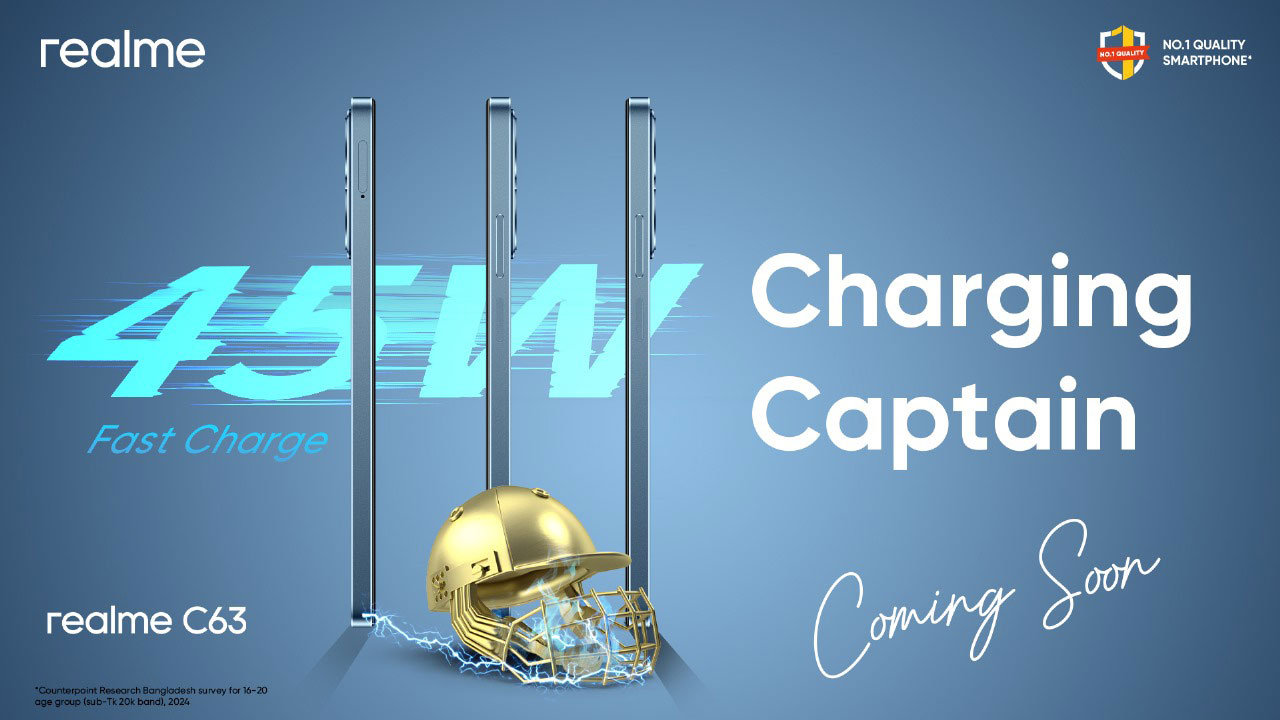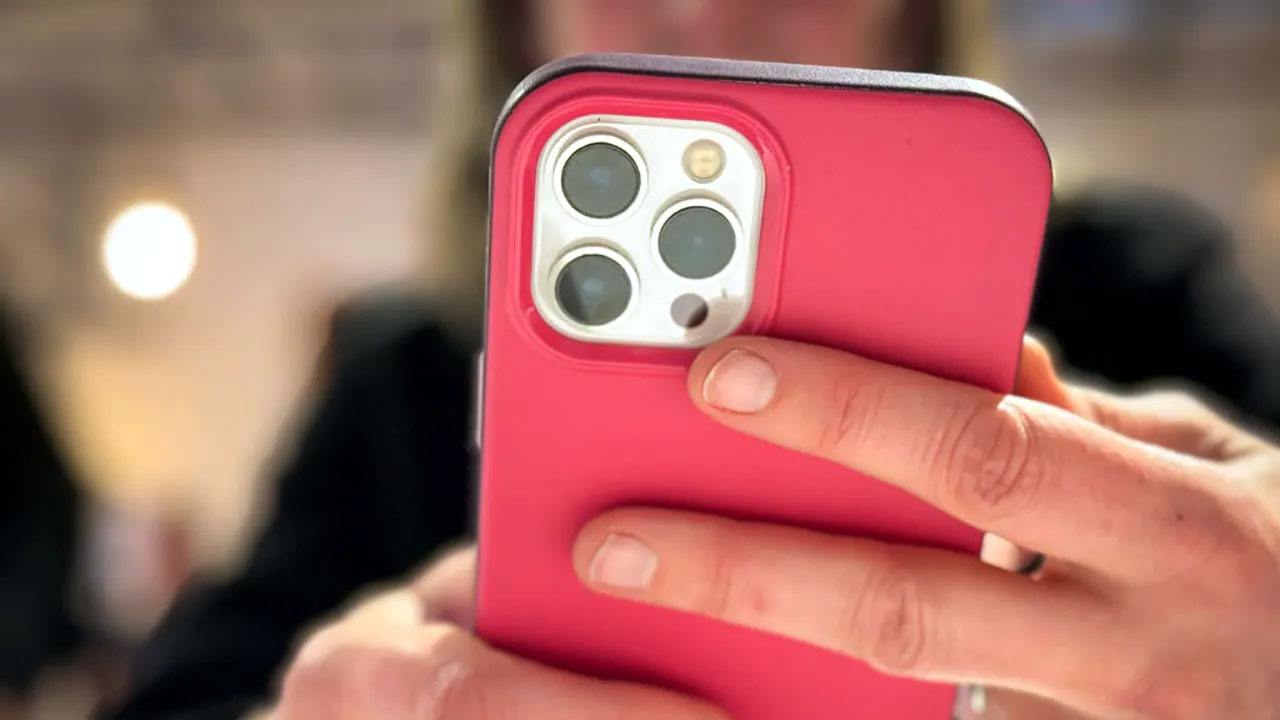In-Depth Guide To Find Beauty influencers for Brand in AI Corld. In the age of social media, influencers have become a major part of marketing strategies for brands across industries. Especially in the beauty industry, influencers can make or break a new product launch. Their authenticity allows them to easily connect with target audiences and drive awareness, interest and sales.
However, with advancements in AI, the influencer marketing landscape is evolving. Brands now have access to virtual influencers – computer-generated characters with large followings who promote products online. This raises important questions on how brands should approach influencer marketing campaigns in future.
In this article, we will discuss best practices for brands to identify and collaborate with the right influencers, both human and AI-driven, to effectively promote their products.

Why Influencer Marketing Still Matters
Influencer marketing has been growing rapidly over the past few years. According to a survey by Influencer Marketing Hub, the industry is on track to be worth $15 billion by 2022. Some key reasons why influencer marketing works so well include:
- Authenticity: Influencers are perceived as authentic voices by their followers. They can connect with target audiences better than brands themselves.
- Awareness and discovery: Influencers drive discovery of new brands and products through reviews and recommendations.
- Sales: 92% of consumers trust recommendations from influencers over brands, driving increased conversions.
For these reasons, influencer marketing remains a crucial part of brand marketing strategies today. Even with the rise of virtual influencers, real influencers continue to play an important role.
Identifying the Right Influencers
The first step for running an effective influencer campaign is identifying the right influencers for your brand. Here are some tips on how to find influencers that meet your campaign goals:
Assess Influencer Tiers
Influencer tiers indicate the size of an influencer’s follower base:
- Nano influencers: 1,000 to 10,000 followers
- Micro influencers: 10,000 to 50,000 followers
- Mid-tier influencers: 50,000 to 500,000 followers
- Macro influencers: 500,000+ followers
Nano and micro-influencers have lower reach, but they foster stronger connections and engagement from followers in their niche. Popular macro influencers have expanded reach but lower engagement rates.
Brands should look at influencer tiers that make sense for their campaign KPIs – whether that’s awareness, engagement rates or sales.
Evaluate Relevant Metrics
Look beyond just the follower count to evaluate if an influencer aligns with your brand. Some metrics to consider include:
- Engagement rate: Compare likes, comments and other engagement against their follower count. A 3-5% engagement rate is above average.
- Audience quality and relevance: Assess if their audience matches your target demographic and would be interested in your product.
- Content resonance: Review the performance of their recent content and see what topics or content types perform the best.
- Values and aesthetic: Ensure their personal brand and messaging aligns well with your brand voice and style.
Track down these metrics using influencer marketing platforms like Hypr, CreatorIQ and Traackr. This provides deeper insight into audience quality beyond simplistic follower counts.
Use Advanced Search Filters
Influencer platforms allow brands to search for influencers using advanced filters like location, demographic, engagement rate, keywords, interests and more.
Some useful filters for finding the right beauty influencers include:
- Beauty niche: Makeup artists, skincare experts, hairstylists
- Content types: Video, blogs, Instagram, TikTok etc.
- Gender: Female, Male, Non-binary etc.
- Age group: Gen Z, Millennial, Gen X etc.
- Values and causes: Clean beauty, ethical brands, sustainability etc.
Such advanced filters help you discover micro and nano-influencers who genuinely connect with your beauty brand. Cast a wide net with your search criteria, and shortlist influencers you want to collaborate with.
Evaluate Influencer Content
The best indicator of a good influencer match is the quality and performance of their existing content. Scour through their blog posts, videos and Instagram profile to gauge metrics like:
- Views, likes and comments on their recent beauty content
- What topics, products or brands they frequently feature
- Imagery style – photographic, playful, moody aesthetics etc.
- How they engage with their audience in posts
- Production quality for videos and photos
This helps assess the level of alignment with your brand. It also provides inspiration on the type of content that performs well with their followers.
READ MORE – Permanently Delete Photos From iPhone – Know The Best Tutorial Today
Influencers Driving the Future: AI and Avatars
While human influencers continue to play a key role, new emerging categories of influencers are changing the game:
AI and Avatar Influencers
Advancements in AI and animation technology have given rise to futuristic virtual influencers – fictional computer-generated characters who have real online followings.
Some popular virtual influencers in beauty include:
- Lil Miquela: The digitally created model and singer often promotes beauty and fashion brands. She has over 3 million Instagram followers.
- Noonoouri: With unique sci-fi inspired makeup looks, the avatar blogger promotes avant-garde makeup styles with 400K Instagram fans.
- Shudu Gram: This CGI supermodel with 214K Instagram followers stuns audiences with her artistic makeup and modeling.
These influencers allow brands to carefully control messaging, avoid controversies and tap into audiences fascinated by futuristic avatars. Their fictional nature also raises less transparency concerns compared to human influencers.
Since they are still emerging categories, virtual influencers tend to have higher costs due to heavy CGI production needs. But as technology improves, more small and big brands are starting to leverage their potential.
Hybrid Humans
We also see the rise of “Hybrid Humans” – blending CGI effects with real human influencers for unique looks. For instance, model and singer Kyliejenner regularly experiments with fantasy makeup styles using CGI techniques. Such hybrid looks capture youth audiences and allow talent to constantly reinvent themselves.
As tools like Snapchat filters, FaceApp and TikTok effects grow more advanced, hybrid humans are becoming a mainstay of future influencer marketing.
Tips for Working With Beauty Influencers
If you’ve identified some relevant beauty influencers for your campaign, here are some best practices for effectively working with them:
Be Clear on Campaign Goals Give influencers a clear brief on your campaign KPIs and content strategy upfront. Be transparent about what you expect from the partnership. Setting expectations helps get desired results.
Co-Create Authentic Content Involve influencers in conceptualizing campaign content based on what resonates best with their followers. Authentic content performs much better.
Use Gifted Products Send them free products they would genuinely use and recommend. Influencers shouldn’t have to pay for what they promote.
Don’t Dictate Messaging Give influencers creative flexibility to promote your brand in their unique voice. Overly salesy endorsements tend to fall flat.
Offer Exclusive Content Incentivize influencers to post about your brand by offering product previews, limited edition items or sneak peeks only available to them.
Compensate Fairly Influencers rely on brand partnerships as their income. Make sure to pay market-standard rates based on their follower count, content form and campaign demands.
Measure Results Leverage influencer analytics tools to track campaign reach, engagement rate and conversions generated by influencers. This helps optimize future campaigns.
As artificial intelligence continues to evolve, we will see the rise of new hybrid human-AI influencer categories. But real human influencers are still crucial for driving authentic connections with target audiences in 2023 and beyond. Brands need to leverage both in their marketing strategy for optimal results.
FAQs on Beauty Influencers for Brand in AI World
How do you find influencers for beauty products?
Use influencer search platforms to discover influencers based on location, demographic, engagement metrics and brand alignment. Beauty micro-influencers under 100k followers often drive great engagement and conversions.
What is the best platform to find influencers?
Top influencer marketing platforms include AspireIQ, Grin, CreatorIQ, Upfluence, Traackr, Hypeauditor and Obviously. Each platform offers different search filters, analytics and influencer relationship management tools.
How do you approach a beauty influencer?
Send influencers a personalized email introducing your brand and why you’d like to collaborate. Offer to send them free products to try out and organically integrate into their content if they like it, rather than paying for sponsored posts. Follow up periodically if interested.
How much do beauty influencers charge?
Average influencer rates can range from $100 per Instagram post for nano-influencers to $100K+ per post for celebrity influencers. Factors like follower count, engagement levels, campaign length and content format impact influencer campaign prices.
Do influencers have to disclose partnerships by law?
In the United States, the Federal Trade Commission mandates any material connections between an influencer and the brand they are endorsing should be clearly disclosed to consumers. This includes gifted products. Lack of transparency can lead to hefty fines.
| Influencer Type | Pros | Cons | Cost Range | Examples |
|---|---|---|---|---|
| Nano Influencers <10k followers | High engagement, connects well with niche audiences | Lower overall reach | $100-$500 per post | Smaller beauty YouTubers, Instagrammers |
| Micro Influencers 10k – 50k | Good engagement and conversion rates, affordable | Still building reach and authority | $500 – $3,000 per post | Mid-size beauty bloggers, vloggers |
| Macro Influencers 500k+ | Massive reach and discovery potential | Lower engagement rate, risk of oversaturation | $25,000 – $100,000+ | Instagram models, Celebrities |
| AI Virtual Influencers | Immunity from controversies, full control of messaging | Costly CGI production, untested long-term use | $10,000+ per avatar creation | Lil Miquela, Noonoouri |
| Hybrid Humans | Blend real and virtual to push creative boundaries | Requires advanced tech and production | Varies based on effort | Kylie Jenner’s experimental CGI looks |
Conclusion
In the modern age of digital marketing, both human and AI-driven influencers are crucial for raising awareness of beauty brands. By identifying relevant influencers using metrics like audience quality, engagement levels and brand affinities – rather than simplistic follower counts – brands can run very effective influencer campaigns. Compensating influencers fairly and giving them creative flexibility results in great content that drives sales.
As virtual avatars and hybrid human-AI influencers continue to evolve, they open up new opportunities for brands to experiment with futuristic marketing. But real human influencers still play an invaluable role in the process with their authenticity. Beauty brands today need an optimal mix of human talent and artificial intelligence to succeed.




